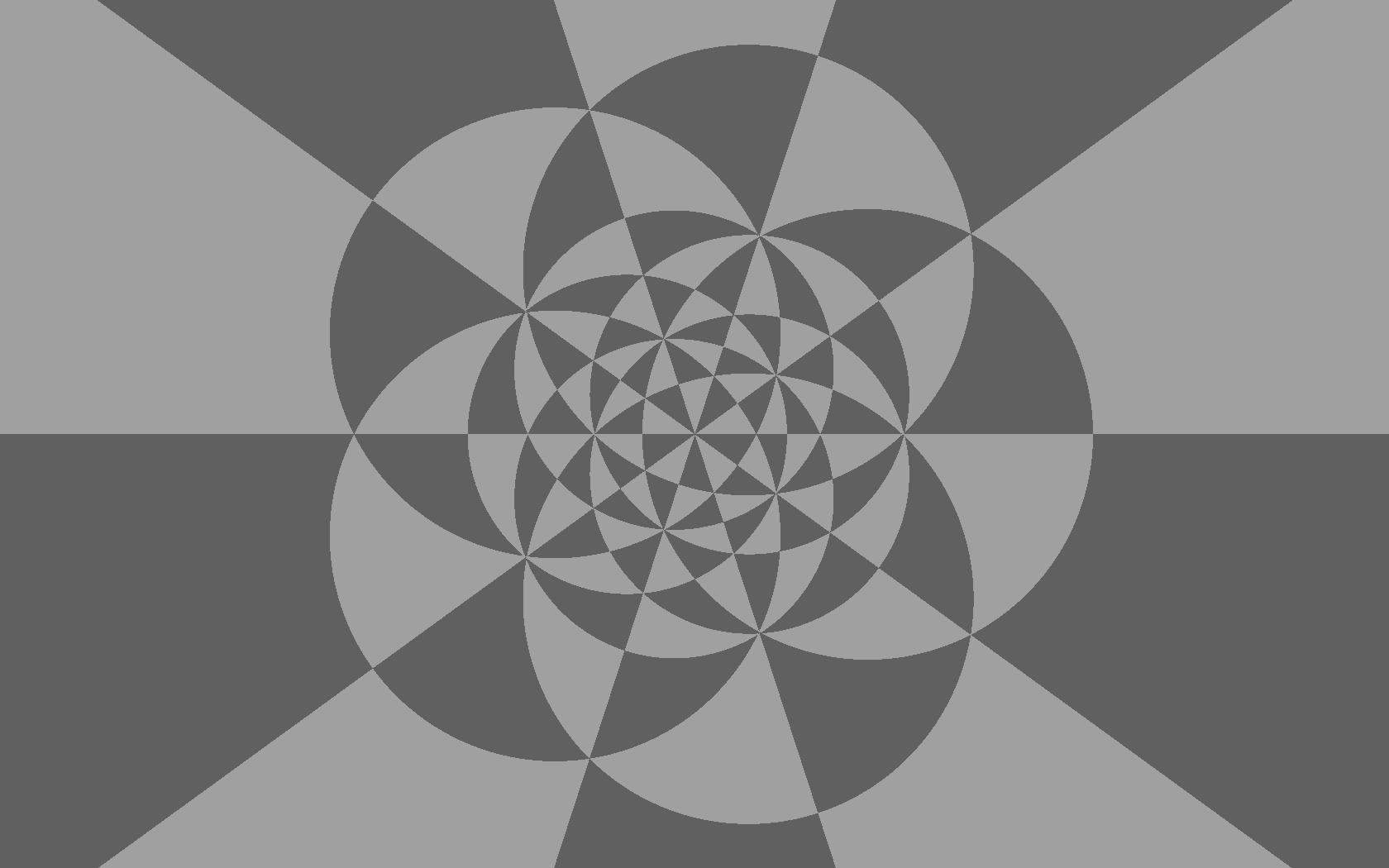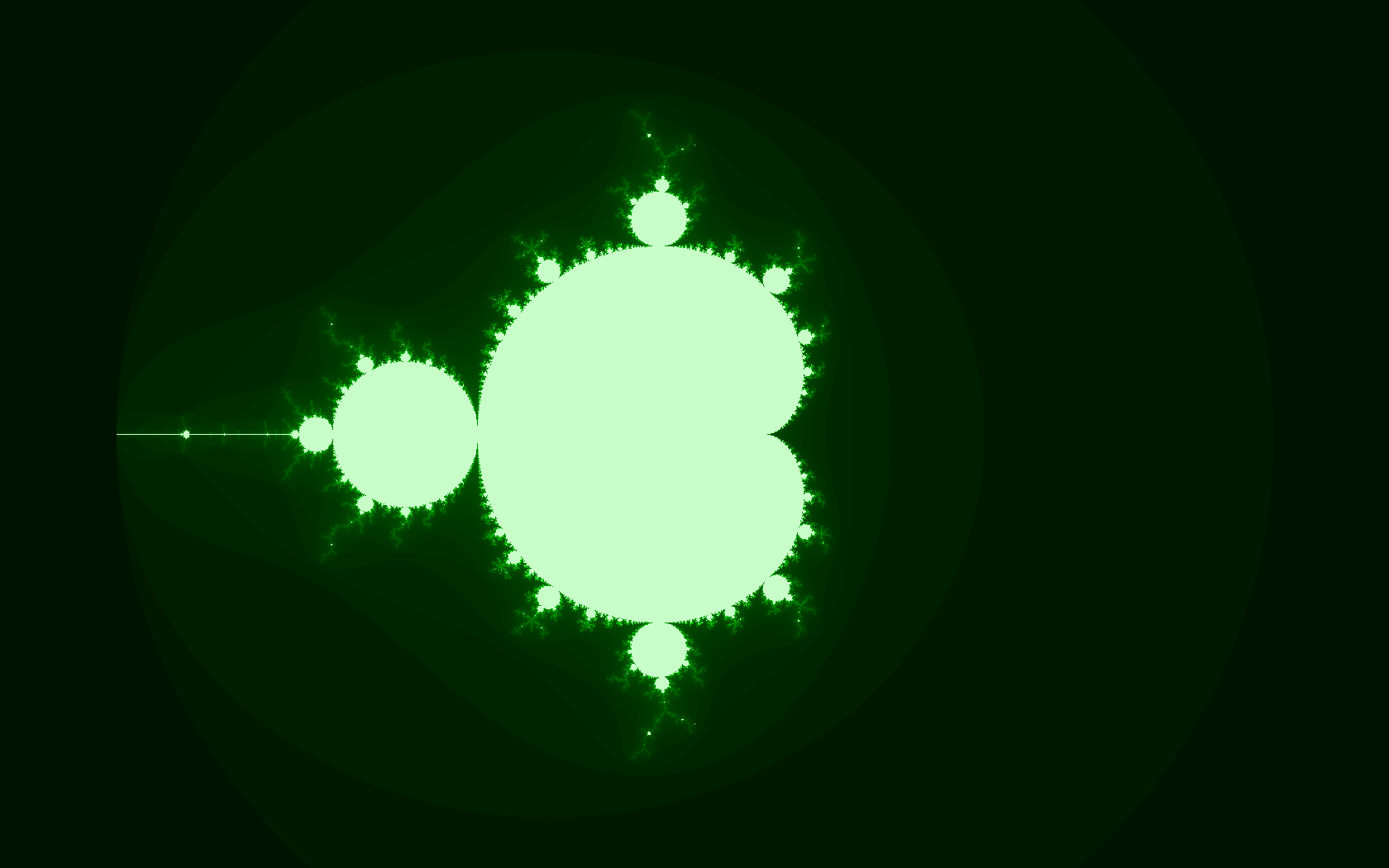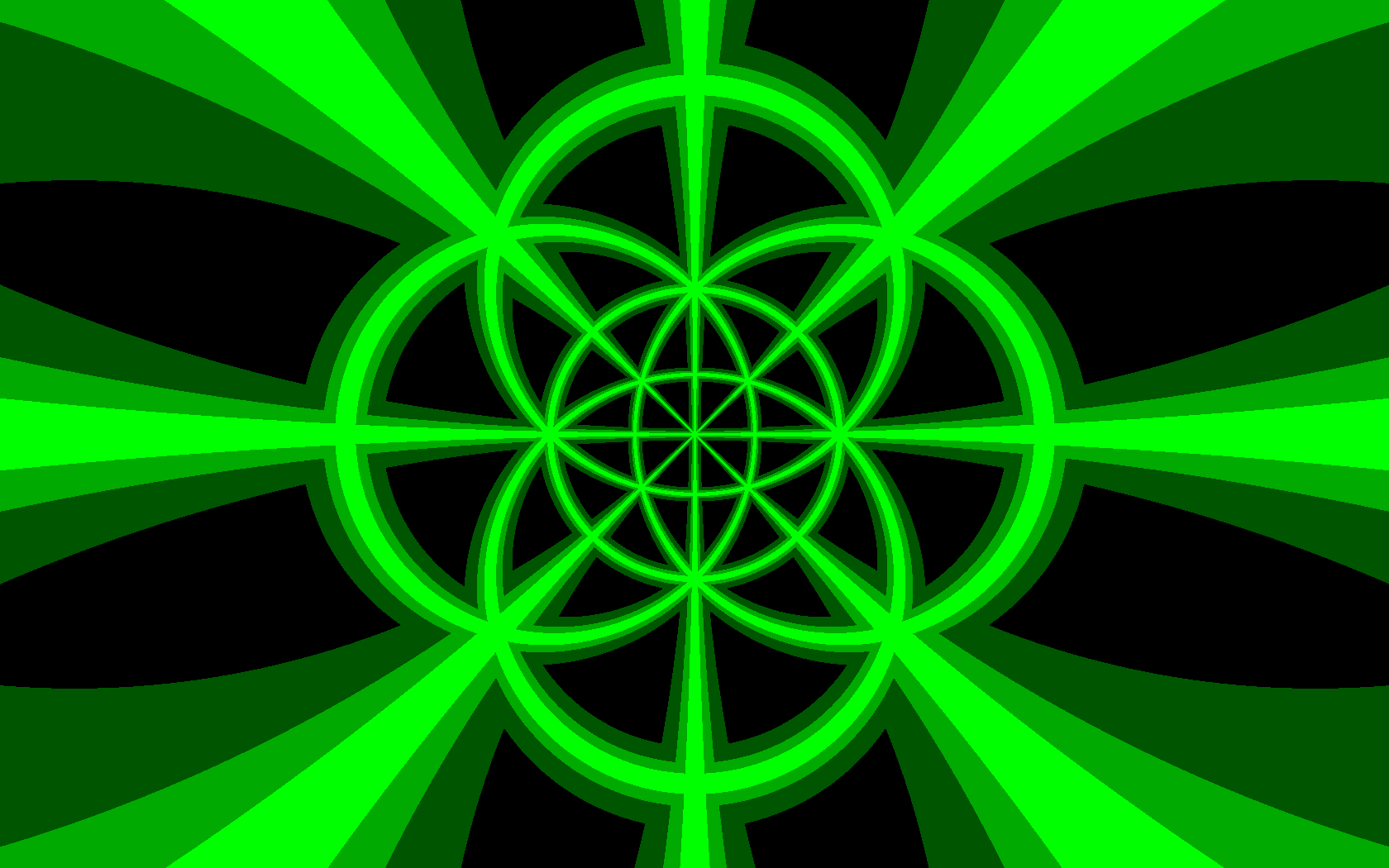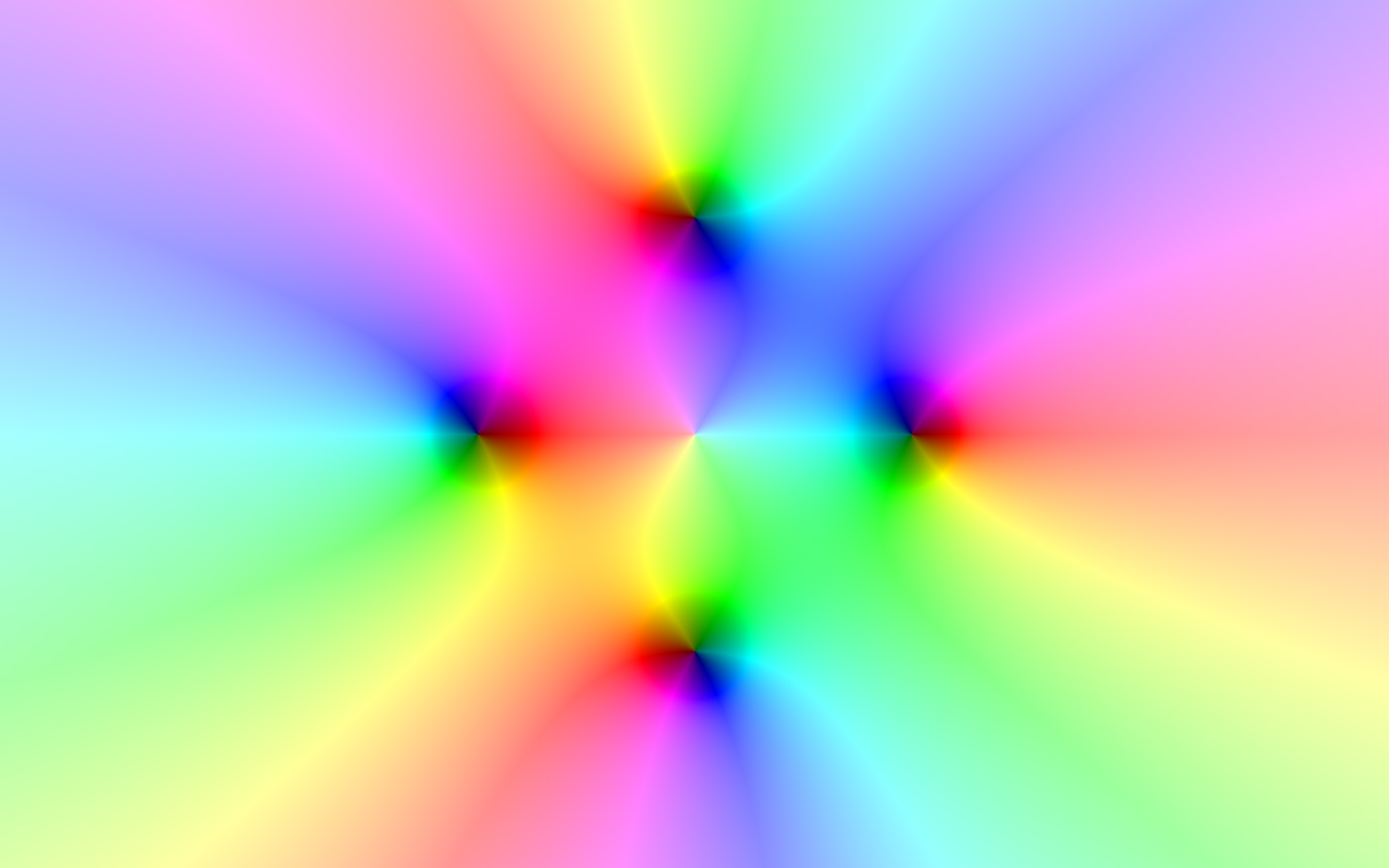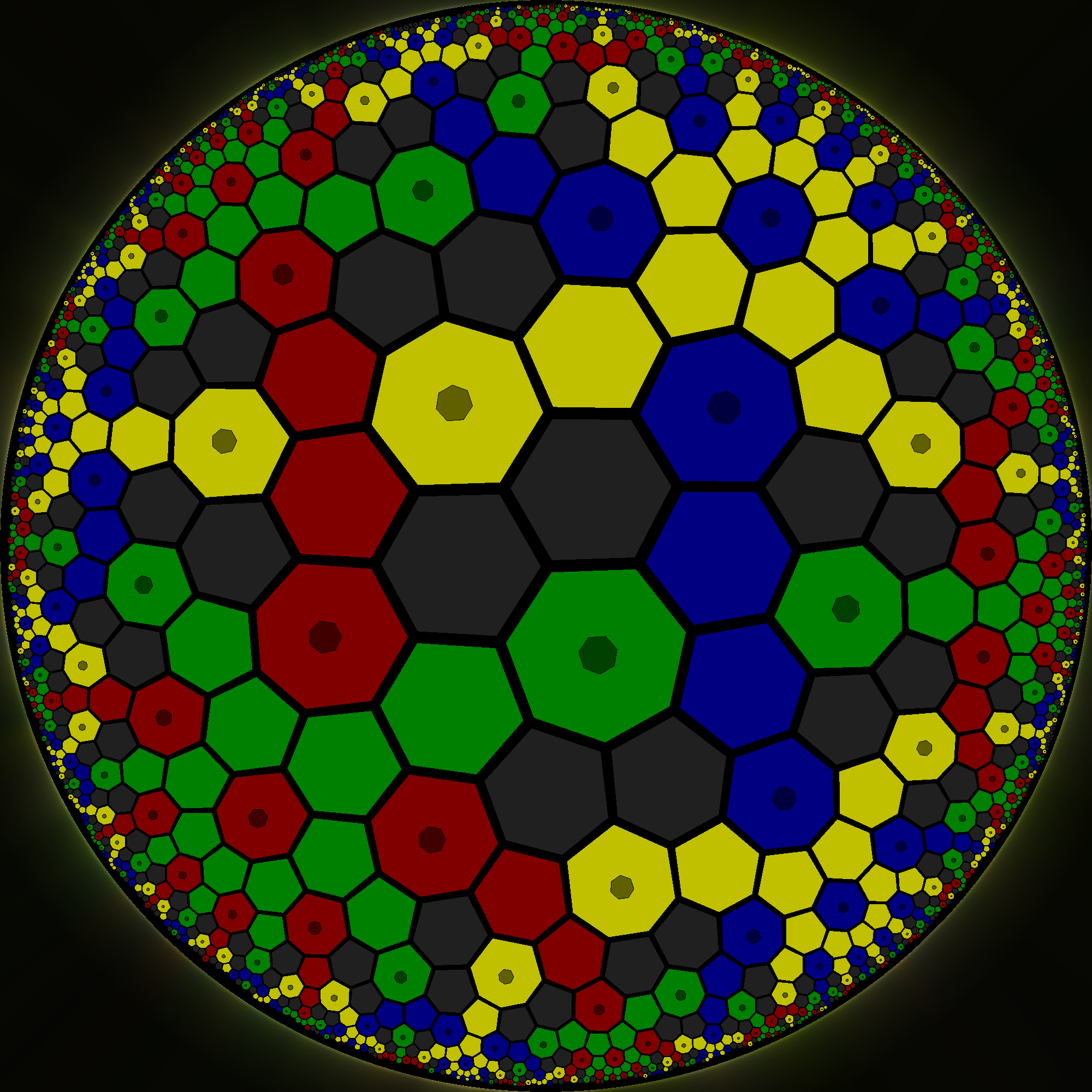 Graphical Artwork
Graphical Artwork

Some of the things I have made and done regarding graphics
I basically stumbled upon this talent by accident when I was inventing a board game and wanted to make graphics for it. The SVG (Scalable Vector Graphics) file format was human-readable, so I went with that. Later I moved towards using Python scripts to create components (such as backgrounds or repeating parts), and eventually I even had scripts to create entire images.
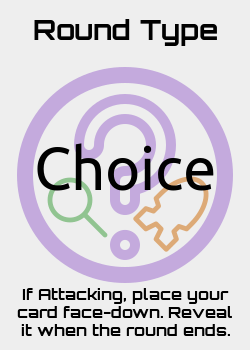
Source Code (this image and its SVG source are public domain)
<svg xmlns="http://www.w3.org/2000/svg" width="250" height="350"> <rect x="0" y="0" width="320" height="500" fill="#eee"/> <g style="stroke: #9966cc; stroke-linecap: round; stroke-linejoin: round; fill: none" opacity="0.5"> <circle cx="125" cy="175" r="100" stroke-width="16px"/> <g transform="translate(175, 210) scale(0.4) rotate(-45)" stroke="#cc6600" fill="none"> <path id="attack" fill="none" stroke-width="12" stroke-linejoin="round" d="M-85,-54 h36 l9,18 h18 l9,-18 h18 a90,54,0,0,1,0,108 h-18 l-9,-18 h-18 l-9,18 h-36 v-36 l27,-9 v-18 l-27,-9 Z"/> </g> <g stroke-width="4.8" stroke="#339933"> <circle cx="70" cy="200" r="20"/> <path d="M85,215 l20,20"/> </g> <!-- giant question mark --> <path d="M125,245 v-0.1 m0,-44.9 v-19 a36,36,0,1,0,-36,-36" stroke-width="30"/> <path d="M125,245 v-0.1 m0,-44.9 v-19 a36,36,0,1,0,-36,-36" stroke-width="10" stroke="#eee"/> </g> <text text-anchor="middle" font-family="Ubuntu" fill="#000"> <tspan font-size="60" x="125" y="190">Choice</tspan> </text> <text text-anchor="middle" font-family="Orbitron" font-size="16" font-weight="bold" fill="#000000"> <tspan x="125" y="40" font-size="28">Round Type</tspan> <tspan x="125" y="300">If Attacking, place your</tspan> <tspan x="125" dy="18">card face-down. Reveal</tspan> <tspan x="125" dy="18">it when the round ends.</tspan> </text> </svg>
Over time, the images started to get more and more mathematically interesting. For example, in the sheet below, the pattern on the cards numbered 1 to 12 is the stereographic projection of a regular dodecahedron (mapped onto a sphere), to simulate with cards the effect of rolling a 12-sided die. The back image (gray circle with "Luck" on it) was an older design based on an icosahedron, and the blank card shows a still older design based on complex numbers (namely, taking a square grid and mapping z → z2).
The code for these images can be found at these links: background and the cards themselves. Both scripts are Python 3 and are public domain.
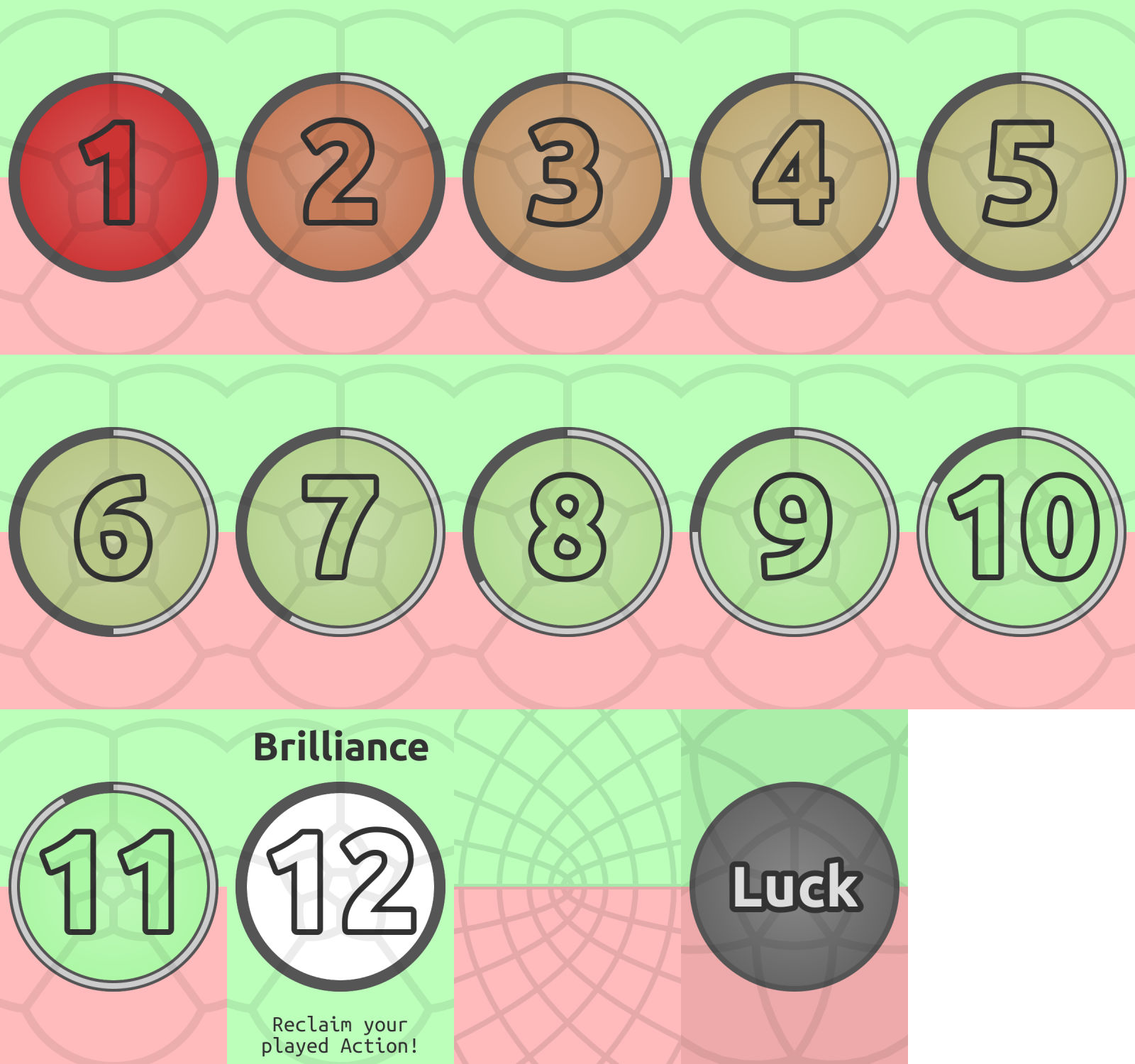
I've also made some public domain raster (pixel) images based on mathematical patterns. The code is inefficient since it uses a Python script to determine the color of every single pixel based on a formula.
